Short answer: yes, it’s OK for some dogs to run a half marathon in the right circumstances (ideal weather, etc.).
Long answer …. read on!
Is it OK to run a half marathon with your dog?
IN THIS POST:
- Half marathons with dogs – what to consider
- Best breeds for running
- Road marathons vs. trail marathons
- Time of year & temperature
- Dog friendly half marathons
- How to train for a half marathon with your dog
- Choose the right plan
- Race a 5K or 10K first
- Best running gear for dogs
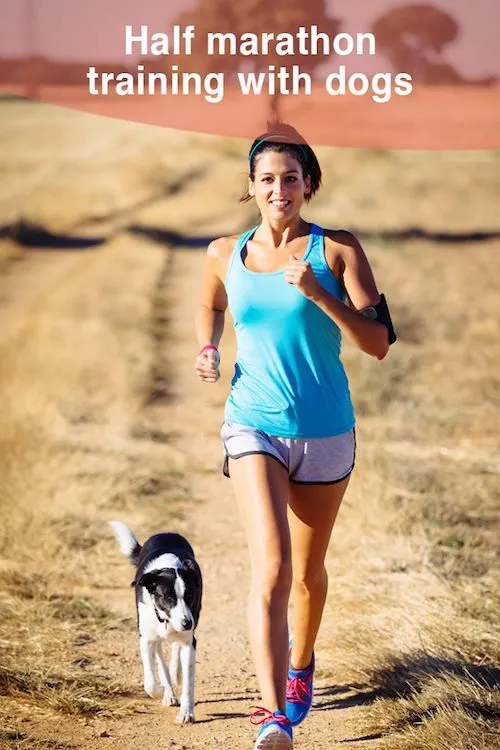
First, I’ll give you some of my background so you know where I’m coming from.
I am not a vet. I’ve been running marathons and half marathons for about 15 years and recently started running 50-mile “ultra” marathons with a goal of running a 100-mile event in 2020.
For 7 years I owned a “dog running business” where I took clients’ dogs running for 30 or 60 minutes. I was running up to 20 miles per weekday with dogs.
This info is meant for you to add to your ongoing research about running with your dog. If your dog’s vet is not a runner, I recommend you find a vet who runs or one who supports running with dogs.
My own dog is a 5-year-old Weimaraner.
Remy has been building his endurance slowly over 5 years. He and I can run a half marathon together on any given day as long as the weather is not too warm.
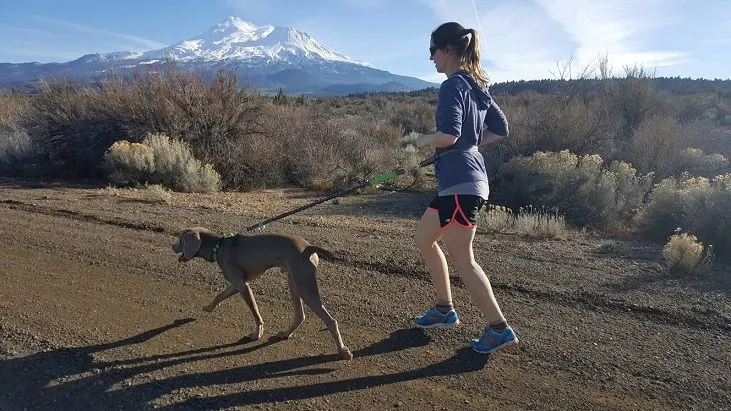
Running longer distances with a dog is not something I recommend you just decide to do on a whim. It’s something you should work up to over several months or even years.
Even if your dog has crazy high energy, he still needs to safely work up to high mileage over time.
With puppies, you need to be extra careful and don’t start running with them until they are around 9 months old, depending on the dog.
See my post: When is it safe to go running with a puppy?
Half marathons with dogs – what to consider
If you’re thinking of training for a half marathon with your dog, here are some factors to consider:
- Realistic distance for your breed
- Pace
- Road vs. Trail
- Time of year & temperature
- Some dogs are not fun to race with
Is it safe for a dog to run long distance?
For many dogs, a half-marathon and beyond is realistic with the right training and conditioning and the right weather. For others, it’s too far.
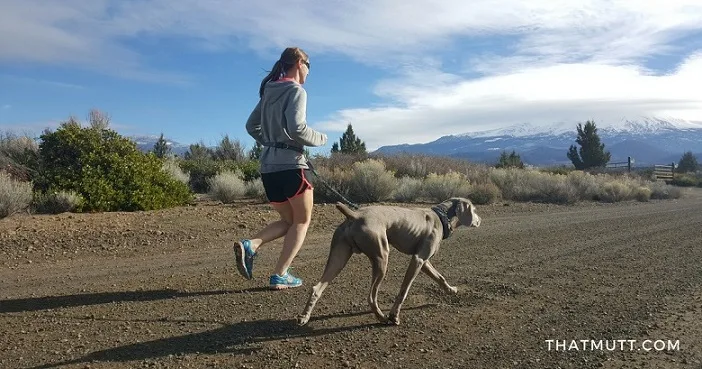
Breed is only one factor. Age, energy level, personality, health, fitness, weight and size of your dog are all factors.
Best dog breeds for running
Speaking very generally, some breeds that might have a good shot at training for a half marathon are:
- weimaraners
- vizslas
- all types of pointers
- border collies
- Australian shepherds
- heelers/cattle dogs
- huskies
- Brittany spaniels
- poodles
- setters
There are many other breeds than can also do a half marathon. These were just examples. For more, see my post on the best dog breeds for running.
Don’t rule out any of the herding breeds, pitbulls, mutts, retrievers, boxers, Jack Russell terriers or “doodles” as distance runners, which brings me to … pace:
“Slow and steady” is often better than “fast!”
My Lab mix Ace was a fun running buddy because he was slow and steady. He liked to maintain about a 10-min per mile pace at my side and didn’t pull me. This meant he was able to conserve energy and didn’t overheat.
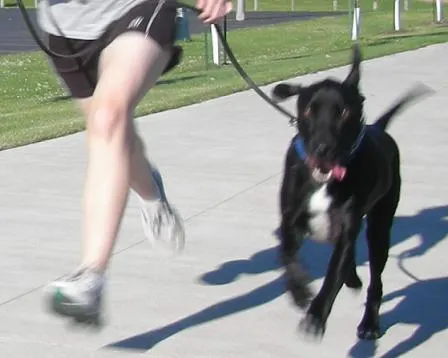
My weimaraner, on the other hand, is crazy fast and fit. He wants to run at 110% at all times. He does not know how to “conserve” energy and if he’s on a leash he wastes even more energy by pulling.
This means that even though I have a very fast and fit dog, sometimes I have to stop to give him rest breaks in the shade and sometimes we have to stop our runs earlier than planned to keep him from overheating.
He’s also harder to control in general because he has so much enthusiasm and wants to greet every dog.
My point is that sometimes “slower” or less energetic dogs are actually better to run with.
Road half marathons vs. trail half marathons with dogs
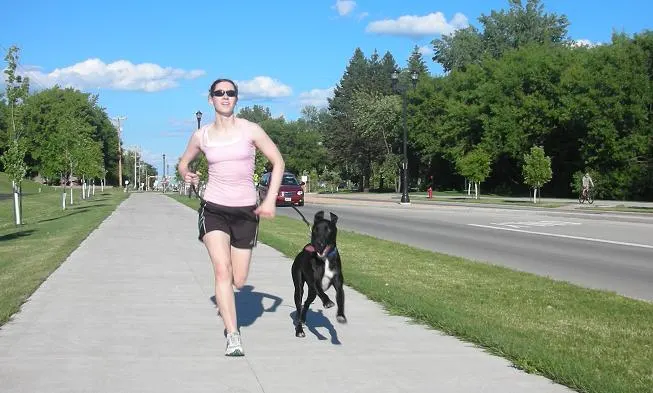
Road half marathons with dogs
Most half marathon are on roads and most will not allow dogs for safety reasons due to all the people. However, some do allow dogs!
Here is a good resource to find dog friendly races in your area. When in doubt, you can always email the race director of a race not listed and ask.
Road half marathons usually have more people (often thousands) so it can get very congested. There will also be more spectators and more noise in general such as live music, cowbells and other noisemakers and people cheering. (Trail races are usually quieter.)
Road half marathons are often closed off to car traffic so you might have a wide area to run on. This is helpful to give your dog some space.
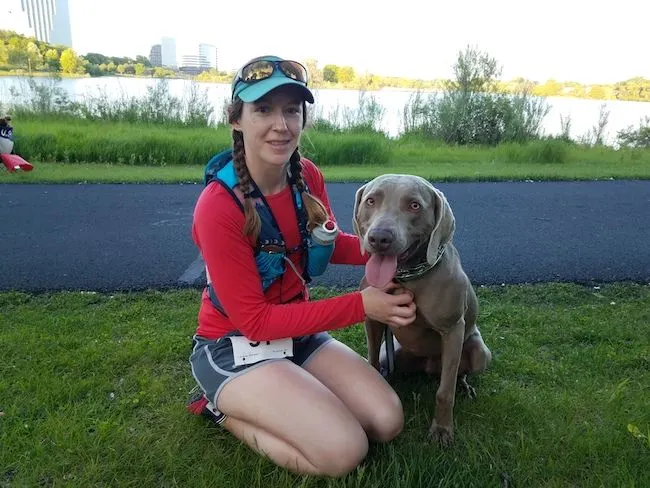
Roads are harder on the joints and can be hot on your dog’s paws. But, they’re faster to run on and usually flat. I typically go at least 2 mins per mile faster on roads vs. trails.
During a half marathon, you should wear a hydration vest to carry water + a bowl for your dog. Do not depend on aid stations for water. You might also want to wet your dog’s paws and fur down before the race starts to help keep him cool.
Trail half marathons with dogs
Trail half marathons are more likely to be dog friendly, but of course you should make sure dogs are allowed. Email the race director if you can’t find information on dogs on the race website.
There are usually fewer people in a trail race, maybe a few hundred or less vs. thousands. This can be less chaotic and less stressful for dogs.
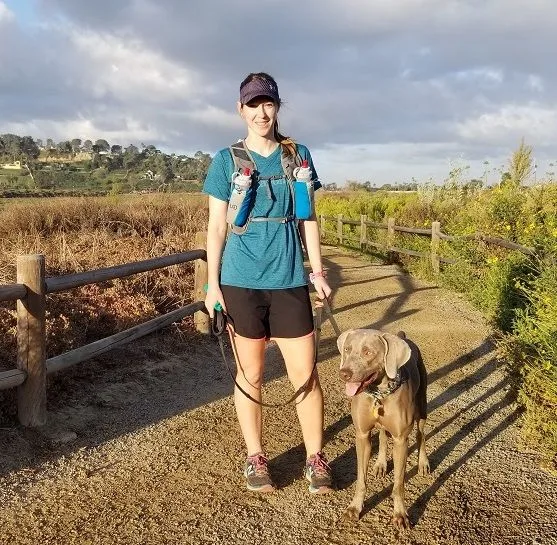
Trails are generally easier on you and your dog’s joints but will have more hills and climbs than a road race. You’ll probably run a lot slower; it will take longer to finish.
There might be streams or other water sources for your dog to drink from on trails – or there might not be – you should always supply water for your dog. Carry a hydration vest and a collapsible bowl for your dog. Do NOT depend on aid stations or streams for water.
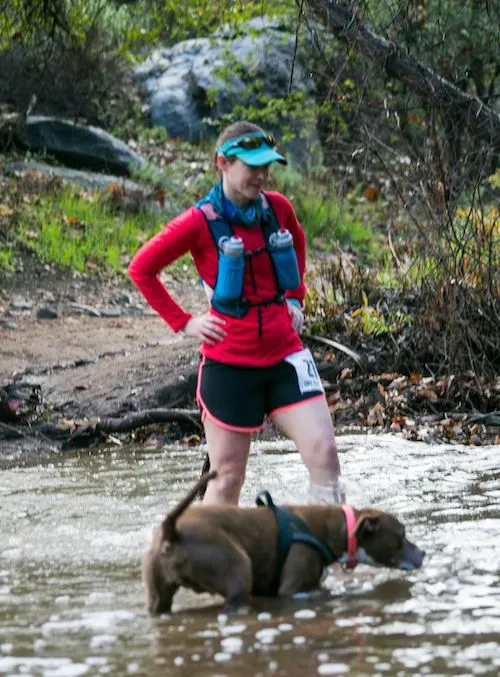
Trails are usually pretty narrow compared to road races, often done on single-track. This might be too congested for some dogs. You need to know how your dog will respond to “tight quarters” and what she might do if there is an oncoming dog or people and dogs trying to pass you.
Be prepared to leave the race if your dog is too stressed out or unmanageable.
Time of year, location and temperature
As you know, dogs do not handle the heat as well as us. When in doubt about heat, leave your dog home or quit the race early. Your dog’s health is more important than pace or time.
Remember that even if your race starts at 7 a.m., it will probably take you at least 2 hours to finish.
Look for races in the spring, fall or winter. Dogs can handle the cold much better than you think, especially while moving, so a winter race might be ideal.
I plan to race a February half marathon with Remy in Montana and it will be nice not to worry about the heat. As long as the temp is above 18 degrees F or so, he should be fine.
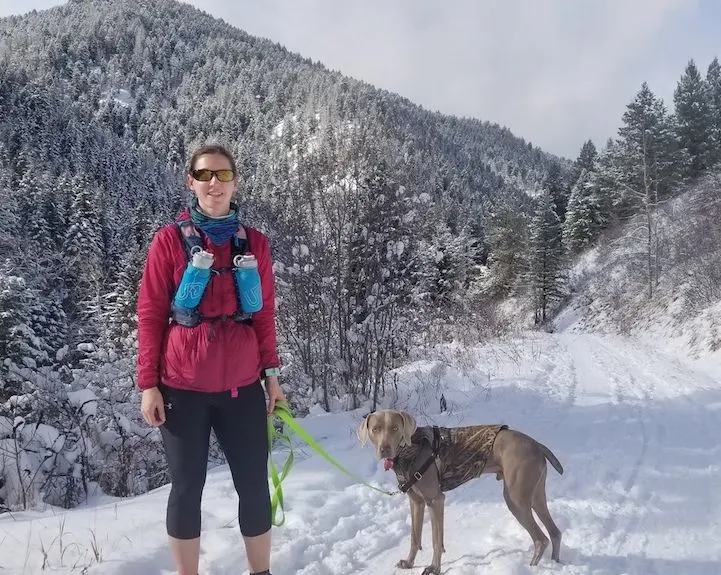
Always carry water for your dog
Don’t depend on a family member to meet you half way with water. Don’t depend on aid stations. I wear an Ultimate Direction hydration vest and carry water bottles and a collapsible bowl for my dog.
Some dogs are not fun to race with
Just because your dog is fit and capable of racing a half marathon doesn’t mean you should race with him. You may want to train with your dog and then leave him home for the actual race.
For example, my weimaraner Remy goes on most of my training runs up to about 20 miles, but I’ve never raced with him (yet). I invest a lot of time, money and energy into my races, so I like to focus on myself and do the best I can without my nutty dog.
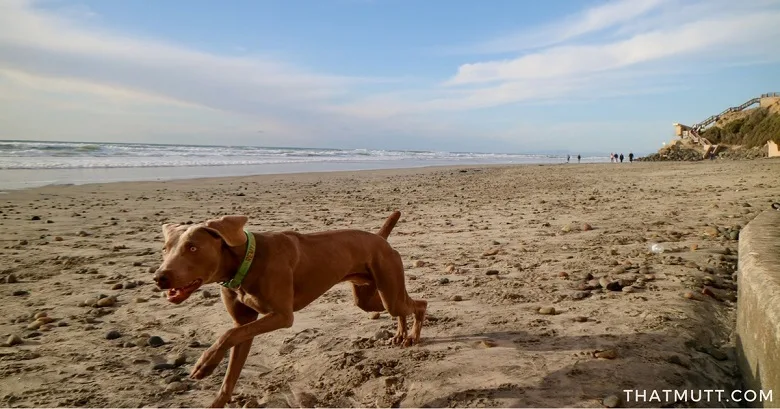
My dog pulls hard even in “boring” conditions like a run around our neighborhood. Plus, he gets super excited around other dogs and he’s hard for me to manage. In a race scenario, he’d be extra “amped.”
As I mentioned above, there is one unique race I’m planning to take him to this winter – a half marathon trail event where dogs are encouraged to attend. First place dog wins a soup bone! We shall see how that goes!
Here’s some info on finding a dog friendly race …
Dog friendly half marathons
My website Run That Mutt allows you to search for dog friendly races by U.S. state or by distance.
I list a lot of 5Ks, 10Ks and half marathons and there are even some marathons that allow dogs! I recommend you search by state and then scroll through the list to see if there are any dog friendly half marathons near you.
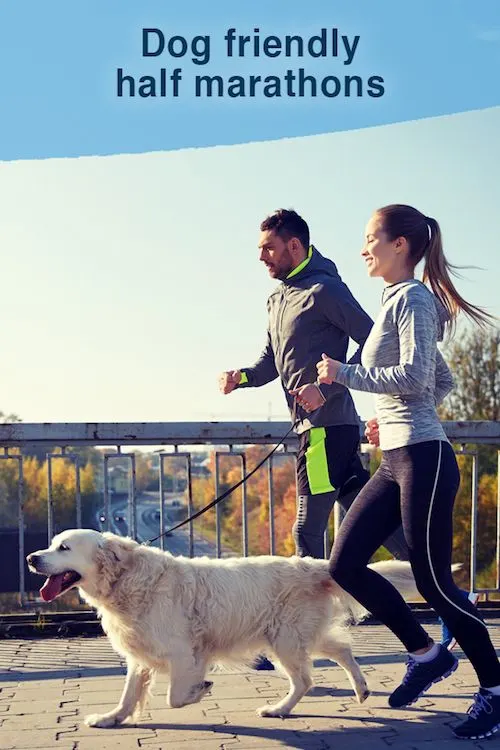
Below are a few notable half marathons that allow dogs. There are many more than this, I just selected a sampling of races that sounded fun.
If you know of an awesome dog friendly half marathon, let me know in the comments and I’ll add it here and to my site, RunThatMutt.com.
Half marathons that allow dogs
- Montana: Snow Joke Half Marathon – Seeley Lake, Mont.(Feb)
- Minnesota: Circle the Lake Half Marathon – Burnsville, Minn. (Sept.)
- Oregon: Columbia Gorge Half Marathon – Moiser, Oreg. (Oct.)
View all the dog friendly half marathons in the U.S. here.
And now that we’ve covered some of the basics to consider, here are my suggestions for your actual training.
How to train for a half marathon with your dog
I am not aware of any actual research that says, “this is how you should trail for a half marathon with your dog.” I’m just going off of common sense and experience here.
First, I’m going to assume you and your dog have been running together already for at least:
- 3 miles, 3 x per week.
That’s a great start.
If you and your dog are not both doing 3 miles 3 times per week – such as Tues, Thurs, Sat – you should slowly work up to that before training for a half marathon.
IN THIS SECTION:
- Choose a training plan for your ability
- Common mistakes
- How to know if your dog is tired
- Train for the race conditions
- Race a 5K or 10K with your dog
Choose a half marathon training plan for your ability
There are dozens of half marathon training plans out there so I’m not going to re-write one here.
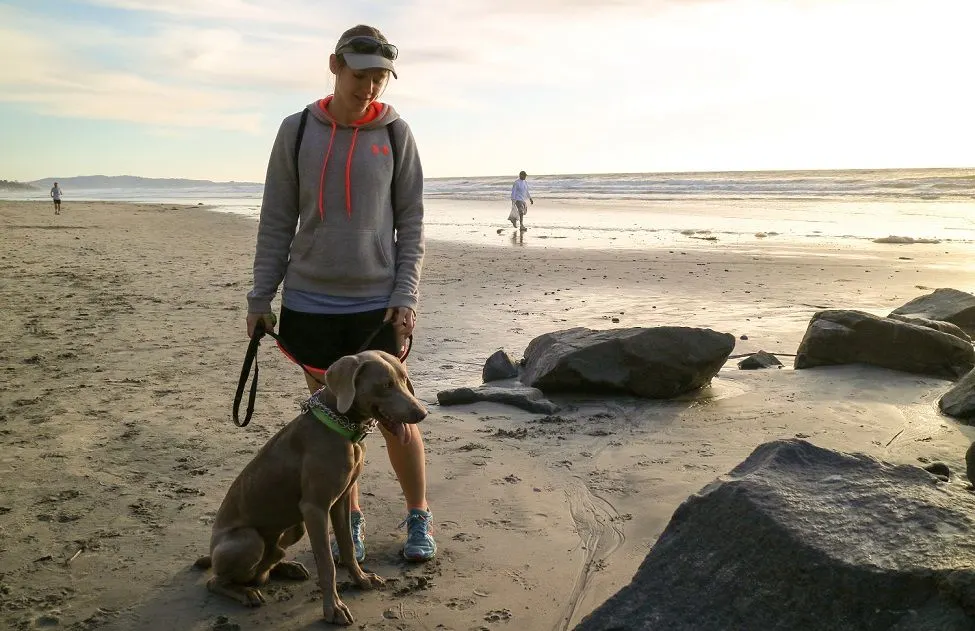
The plan I will use for my next half marathon is Hal Higdon’s Intermediate 2 plan. He has several different plans for beginners and more experienced runners.
What I like about this plan is it has a mix of cross training, easy runs, speedwork, a weekly long run and a rest day. This works well for my dog and I, but we are both experienced distance runners.
At minimum, your weekly half marathon training plan should include:
- 2 shorter runs 3-4 miles
- 1 longer run starting at 4 miles and slowly increasing up to 10 miles two weeks before your race
- 1 rest day
Your dog should be able to follow this plan with you assuming you gradually build up your dog’s mileage like you would your own.
If you and your dog are more advanced, you might increase your training mileage and add in some weekly speed/interval workouts.
Common mistakes
I know from experience that some of the most common mistakes people make when training for a new distance like a half marathon are:
- Increasing weekly mileage too quickly
- Getting obsessed with following a training plan
I’ve done both of these things and injured myself so I was not even able to make it to the starting line! (More than once, I might add.)
I’ve gotten smarter since then and know that it’s always better to head into a race a bit under trained vs. over-trained and injured.
So, by all means, if you’re feeling tired, take an extra rest day or do some cross training like walking or yoga!

Also, if you find that one of the weeks in your half marathon training plan is too difficult, it’s OK to repeat that week! Or, back up to the previous week’s workouts before moving on to the next
Unless you’re working with a personal coach, these half marathon “plans” you find online or in books are just there as a general idea, not set in stone.
Everyone is different! People tend to push themselves too quickly and burn out, but we’re all starting out at different levels.
How do I know if my dog is tired from running?
You know your dog best, and when in doubt it’s better to back off on the miles and pace, especially in warm weather.
Pay close attention to your dog while you’re running together. Is she still eager to head out for runs with you? Does she maintain your pace OK or is she dragging behind?
Do you see any limping, stiffness or soreness from her, ever? Is she sleeping more than usual?

Also, if your dog is new to running, take a look at her paw pads and make sure they’re not scuffed up or bleeding. If your dog is not used to running on pavement, it may take her a few weeks to build up tough, calloused paws.
See my post: Does my dog need a rest day?
Next tip: Train for the race you plan to run
Speed/Pace. If you plan to go out hard and actually race your half marathon, then you’ll need to add in some weekly speedwork in your training. For your sake and your dog’s sake.
On the other hand, if you plan to go slow and steady the whole time and just have fun (highly recommended), then focus on slow, steady running with your dog in your training.
Temperature. If your race will be in warm weather, make absolutely sure your dog can handle the temperature. When in doubt, be prepared to stop the race early or go waay slower than planned. It’s OK to walk!
Trail vs. pavement. If the race is on trails, do most of your training on similar trails, if possible. If your race is on roads, then do at least half of your training on roads.
Gear. Train with the specific harness and leash you plan to use during the race so you and your dog get used to it.
Race a 5K or 10K with your dog first
If possible, I recommend racing a shorter distance with your dog before your half marathon – maybe two months before your half marathon.
This will help you learn how your dog responds to a busy race situation and help the two of you learn to work together through crowds and noise. I find that most dogs tend to get really amped up in a race situation and go out at 110%!
So, practicing a 5K or 10K will help you learn:
- how your particular dog races
- if your gear is working well (yours and your dog’s)
- whether you might need to encourage your dog to slow down
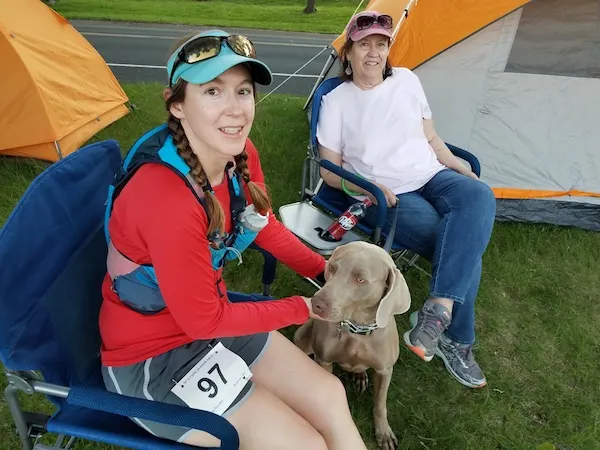
Nearly every dog friendly race will require dogs to start in the very back or at least to the side. This is challenging because your dog will likely want to go out HARD in the beginning and start passing everyone.
For this reason, you might want to consider waiting around for 5 minutes after the race starts and THEN take off with your dog.
In a real race scenario, you’ll also learn about:
- carrying water for your dog
- how your dog responds to other dogs on the course
- how he handles the temperature
- if you feel like you can safely manage him
By all means, if you feel like you’re not able to safely control your dog, it’s totally OK if you need to bow out of the race early. It’s OK. Racing is not for all dog/human pairs or maybe you can try again another time when you have more experience.
Best running gear for dogs
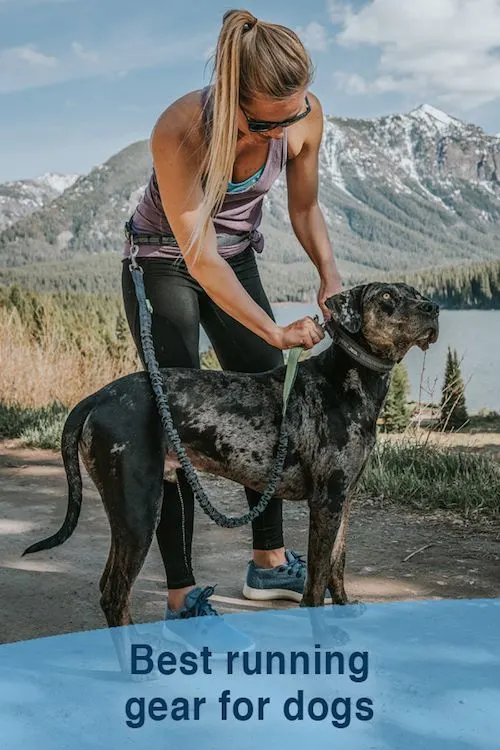
The right running collar or harness and leash
It’s hard to pick the right collar or harness for racing with your dog. If you have a strong puller and will be in a congested area, you may need a training collar or no-pull harness to limit your dog’s pulling and give you more control.
On the other hand, your dog will probably be pulling hard to WIN and you don’t want to use a collar that will harm his neck or restrict his breathing.
Ultimately, every dog is different! You’ll probably want to try a few different products, and you know your dog best. People are VERY opinionated about dog collars and harnesses and you have to just do what’s best for your own dog. Below are a few of my favorite options.
Dog running harness or collar
Mighty Paw makes affordable dog products geared for running and hiking.
I recommend their Sport Harness 2.0 which has a clip on the top of the harness (at the dog’s back) for pulling and a clip at the chest for a no-pull option.
The harness is padded and comfortable and won’t rub under the dog’s arms like most harnesses.
Padded sport collar
Running with a collar is not ideal for my dog because he pulls so hard.
However, if a collar is right for your dog I recommend Mighty Paw’s padded sport collar. It’s a good looking collar, durable and comfortable for the dog.
Hands-free running leash
A hands-free bungee leash is a nice option to have. The bungee takes some of the force away when your dog pulls and the hands-free option lets you run naturally.
Hands-free leashes are certainly not for all dogs because it limits your control, however I love using ours for speed training and racing!
Dog training collars for running
People are very opinionated about dog training collars so you have to just filter out some of the info you hear and consider your own unique dog.
The reality is, sometimes we need some sort of training tool to manage puppies, strong dogs, overly excited dogs or dogs that tend to lunge or bark at others.
Training tools allow our dogs to get out and experience the world safely. These tools are not only for the safety of the dog but for you and others around you.
Prong collars and Gentle Leader head halters
Prong collar for running
I use a prong collar with my dog on some of our short neighborhood walks and for training but I usually don’t use it for running because my specific dog pulls too hard. Your dog might be different.

A prong collar might prevent your dog from pulling while running, which may be exactly what you need. You just do not want your dog to be pulling against any collar, gasping for air the entire time! This is true with standard buckle collars as well.
Gentle Leader for running
Likewise, a Gentle Leader head halter is a great no-pulling tool, but it just doesn’t work for my specific dog. He holds his breath, puts his head low and pulls like a train. He doesn’t pant properly while wearing a Gentle Leader and can overheat like an idiot.
I like Gentle Leaders for training, but be cautious about racing your dog with this type of collar. The Gentle Leader might be great to help your dog run nicely at your side. For others, it greatly restricts their ability to pant.
Each dog is different, and sometimes you have to just try a few types of training collars.
For more information, feel free to ask questions in the comments. I’ve tried just about everything through fostering dogs and owning a business where I took dogs running.
Also see my post: Prong collar vs. Gentle Leader head halter
Canicross style harness
A canicross style harness is a harness designed to make pulling easier and comfortable for your dog. For many dog owners, this is the last thing they want! Haha. But for racing, this type of set up can be ideal for the right dog.
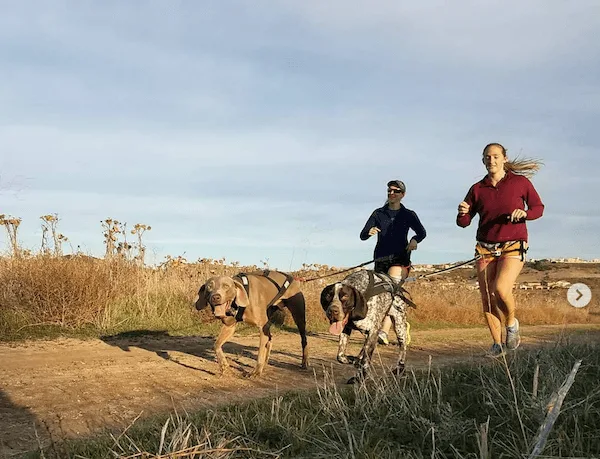
Canicross is a sport where one or two dogs run attached to the runner. Above is a screen shot from Instagram of Remy and I with our canicross group back in San Diego.
Canicross was originally developed for training sled dogs in the summer months, but any breed can compete in canicross. Remy and I absolutely love it! We go FAST!
A canicross harness allows your dog to use all his muscles naturally with more room around the rib cage for better breathing, according to Neewa, a company that makes canicross gear. This is ideal for long distance running.
The canicross gear we use:
Our canicross setup is not ideal for most situations because it gives my dog a lot of freedom. When I need more control, Remy wears his no-pull harness.
Other gear for running with dogs
Here are a few other products you may want to consider when running with your dog:
- Hydration vest for you
- Collapsible water bowl
- Dog boots for winter
- Bear bell to warn other runners or wildlife
If you have any questions on gear, just leave them in the comments.
I’ve tried to share everything you’ll need to know about running a half marathon with your dog, but here are a few other resources you may want to check out:
Other resources
- Ultramarathon running with dogs (That Mutt)
- Start a dog running business (That Mutt)
- How far can I walk my puppy (That Mutt)
- List of dog friendly races (Run That Mutt)
- Running with dogs Facebook group (not affiliated with That Mutt)
Has your dog ever ran a half marathon?
Let me know in the comments if you have any questions or experiences to share!
-Lindsay & Remy

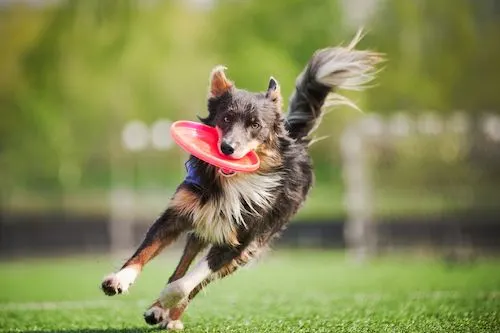
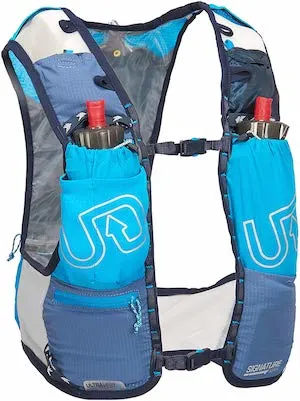
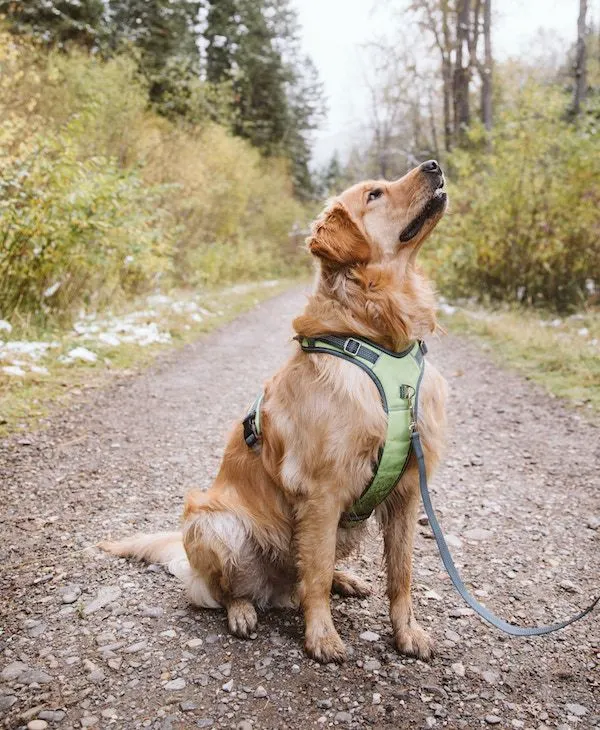
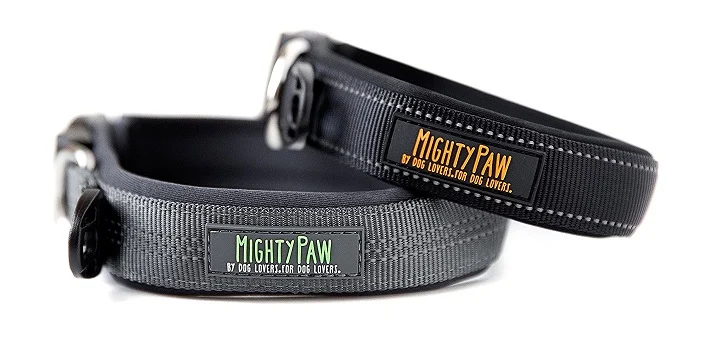
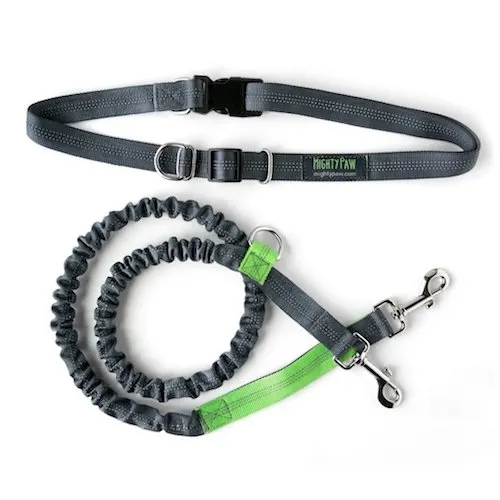
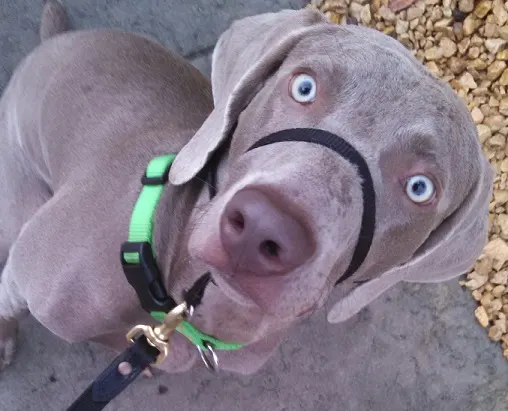
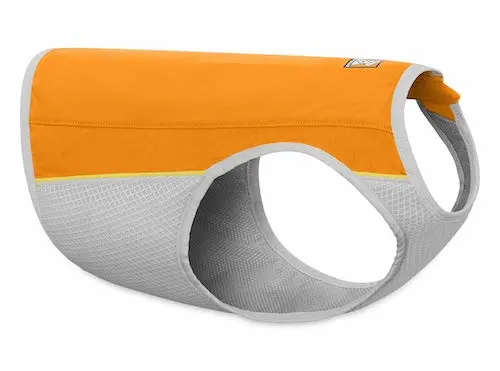
Brenda Ingstad
Monday 15th of July 2024
Thank you for all the info! When runs get longer does my dog need more fuel too? What do you recommend for calories? Or is hydration enough?
Jared
Tuesday 19th of October 2021
I am struggling to find a list of 5K, 10K, and Half Marathons that are dog-friendly. Are you aware of any ongoing list for these type of runs? Thank you.
Lindsay Stordahl
Tuesday 19th of October 2021
Unfortunately no. I wish there was.
Harvey Green
Saturday 28th of December 2019
Great post, thankyou for this! I had some hopes that our beagle would be able to go on short runs (e.g. 1 or 2 km) with me, but beagles generally are too interested in following their nose, so I've kind of given up on that. I go for a 2 km walk with him everyday now - he keeps fit and enjoys the activity.
Stephen Berghash
Tuesday 5th of November 2019
I have a 3 year old miniature poodle, named teddy, who runs with me between 25 and 40 miles a week. His long run is easily a half marathon distance each week. His running with me started when he was one as his idea! I put on my running shoes and shorts and he's right there ready to go. He runs with a harness. He never pulls, drags, or gets distracted.. if some bigger dog barks at him, he stops and waits for me to pick him up! He watches me and matches my pace, which can be 7 minute miles and faster. He loves racing, and was the first canine finisher at this year's race to the top of Vermont. This little dog is all muscle! We're racing at next year's world dog mile championship. I wouldn't train with any other partner. We both love it.
Lou Carter
Saturday 26th of October 2019
What a comprehensive post! I've just started training for a half-marathon but assumed I wouldn't be able to get my dog involved with the training because the mileage would be too much and he'd keep pulling. Lots to think about, but now it doesn't seem impossible